ADSactly Literature: For the Love of Cult Authors: JRR Tolkien
ADSactly Literature: For the Love of Cult Authors: JRR Tolkien
What exactly is a “cult author”? Not someone who writes about cults, certainly, but rather a writer who had (either during his lifetime or posthumously) gathered a cult following – squadrons of rabid fans re-reading his or her books over and over and quoting them to anyone who’s willing to listen.
It’s tricky to define exactly what makes a cult book, but chances are you’ll know when you read one. It’s often something obscure, because our society is obsessed with the strange and quirky. A cult author often comes at ya from the fringes of society, they write about the subcultures, about the downtrodden, about the underground. They represent that world you’d kinda like to inhabit, but are often too scared to do so. And often enough, they become the fascination of a lifetime.
In this new @adsactly series, we’ll be taking a look at several “cult authors” who mesmerize audiences well after their deaths.
Last time, we had a look at Harry Potter creator, JK Rowling. And now, I think it’s only appropriate to turn to one of the biggest cult authors in the history of literature – J.R.R. Tolkien, the mastermind behind the Lord of the Rings trilogy, The Hobbit and countless others.
Now, I’m sure our readers are familiar with this writer, since we’ve talked about his work in the past many times. In previous @adsactly posts, we’ve examined different story and character archetypes present in his work, taken a look at wisdom we can draw from his writing, as well as talked about how he allows us to escape into a completely new world.
But we’ve never talked about the man himself, about his life, and it seems a shame, because it was an interesting story in its own right.
John Ronald Reuel Tolkien (Ronald to his friends) was born in Bloemfontein, South Africa in early 1892. Although he lived in SA for a brief period only, he later claimed his time there deeply influenced him and his writing. The family – Tolkien, his younger brother Hilary, father Arthur and mother Mabel – were quite happy there together until 1896, when Arthur became ill with rheumatic fever and soon died, due to complications.
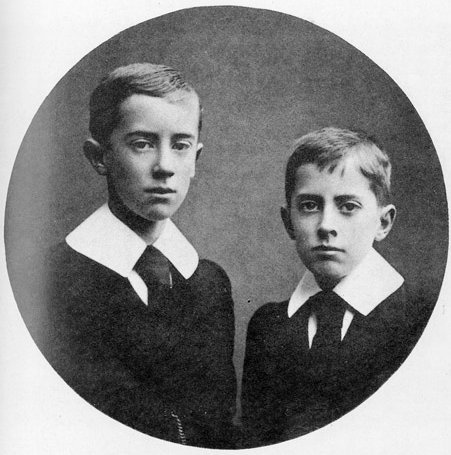
Ronald and his brother, Hilary src
So, the family were forced to move back to England, near Birmingham, where his aunt lived. Mabel Tolkien and her sister soon converted to Catholicism, which naturally meant the boys converted as well. This change would prove crucial in 1904, when Tolkien’s mother died of diabetes (which could be fatal in the time before insulin) and the boys (Tolkien was at the time only 12 years old) fell into the care of a Catholic priest, Father Francis Morgan.
Even though the Father was officially in charge of them, the boys didn’t actually stay with him. Instead, they roomed with different relations and ended up in a boarding house, where Tolkien met his muse and the love of his life, Edith Bratt (on whom it is believed he based all his famous love stories – Beren and Luthien, Aragorn and Arwen etc). However, given that the boy was only sixteen when he met her, he was forbidden from interacting with her by Father Morgan, who didn’t approve of the relationship.
So, he was only able to properly pursue her when he turned 21 and was no longer in the Father’s care. They married in 1916, when it became clear that young Tolkien would soon be deployed to France. He fought bravely for 4 months (including the Battle of the Somme) and then was sent back home, ill with trench fever. For the rest of the war, he worked the more “boring” desk work, which was good because it allowed him to be with his family and, in 1917, his son John Francis Reuel was born.
The couple would have three more children, Christopher, Michael and Priscilla. Interestingly, many of Tolkien’s story initially started as bedtime stories for his kids.
After the war, he briefly worked as Assistant Lexicographer and Assistant Professor at the University of Leeds, before returning to Oxford (he’d studied the Classics here years before) as Professor, where he founded the Inklings group, which featured important members, such as Owen Barfield and famously, CS Lewis.
According to legend, Tolkien was grading papers one night, when he found a blank page left behind by a student. On it, he wrote the words
In a hole in the ground, there lived a hobbit.
He wrote this for no apparent reason and then became obsessed with the words. Obviously, he started thinking about it and trying to make sense of it all, and the story in his head grew. Naturally, Tolkien first told The Hobbit to his kids, who loved it, before sending it to the George Allen and Unwin publishing firm.
Like with JK Rowling, it was a child who was responsible for the publication of the book. Unwin’s 10 year old son, Rayner, read the book and loved it. Later on, he would also be involved in the publication of the Lord of the Rings.
After The Hobbit’s publication, Tolkien kept on writing about this wonderful story in his head (which would haunt him throughout his life). But what came forth was not LOTR, as you might expect, but The Silmarillion, which combined several stories touched upon in The Hobbit. Even though the Unwins enjoyed the book, they told him it probably wouldn’t sell, but they did encourage Tolkien to write a sequel to The Hobbit, which eventually became The Lord of the Rings.
And the rest, once again, is history. It makes no sense to tell you of the sheer magnitude of the LOTR series.
JRR Tolkien died on the 2nd of September 1973, two years after his beloved Edith. They are buried together – check it out, beside her name, Luthien, beside his, Beren. Is that beautiful or what?
Oh, and another beautiful thing, which I think is very befitting for Tolkien – his family name, Tolkien, is most probably of German origin, a variation of Toll-kuhn, which means ‘foolishly brave’ or ‘stupidly clever’. To me, that’s something straight out of Tolkien’s universe.
Legacy
Really, I’m writing this because you can’t have a Tolkien post and not mention his legacy, but to be honest, what is the point? Tolkien has affected writers, artists and humanity in general on such a huge scale, it seems impossible to cover even a fraction of it. Needless to say, Harry Potter – inspired by Tolkien.
Seriously, there’s an entire Wikipedia page dedicated to that – to works of art inspired by JRR Tolkien.
And so, I’ll link that here, in case you’re interested in reading more and will stick to some of the more famous writers inspired by Tolkien – Stephen King, George R.R. Martin, Orson Scott Card and Neil Gaiman.
Several bands have credited the Tolkien universe with inspiring them, from rock legends Black Sabbath to Blind Guardian, Amon Amarth and Led Zeppelin.
And then, as always, there’s the regular folks, like you and me. The people who’ve decided to go on an adventure because they always empathyzed with Bilbo, the people who grew less scared, believing there’s always some sort of light and that evil, no matter how overwhelming it may seem, can be defeated. In my opinion, Tolkien (and particularly Lord of the Rings) has had such a phenomenal influence and is so immensely popular because he writes about a problem that concerns the very makings of humanity. I think that anyone would have a hard time of saying they can’t find a lesson in Tolkien, or similarities between his writing and their own life.
Which is why, J.R.R. Tolkien is endless. He lives on and will live on forever, in the hearts of readers everywhere.
Authored by @honeydue
References: The Tolkien Society
Click on the coin to join our Discord Chat

Witness proposal is here:
Go To Steem Witness Page
In the bottom of the page type: adsactly-witness and press vote.

Use small letters and no "@" sign. Or, click here to vote directly!
Thank you!
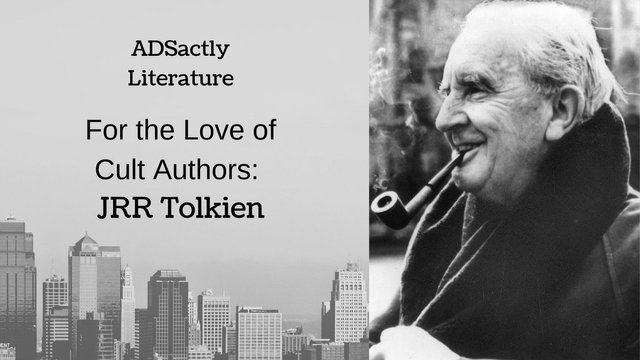
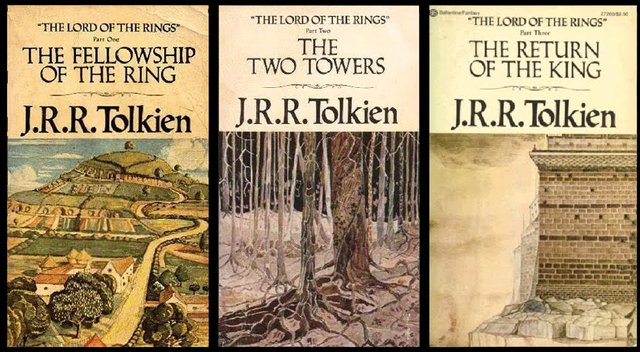
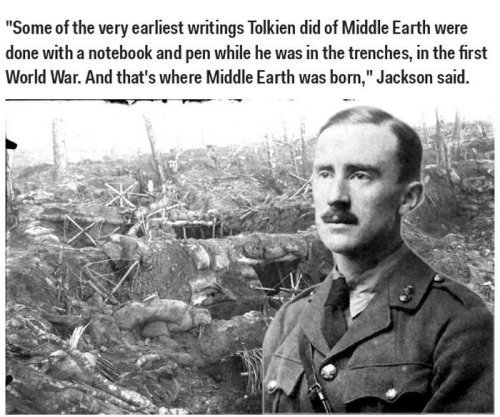
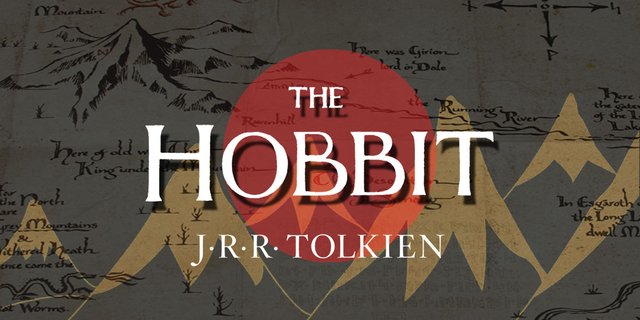
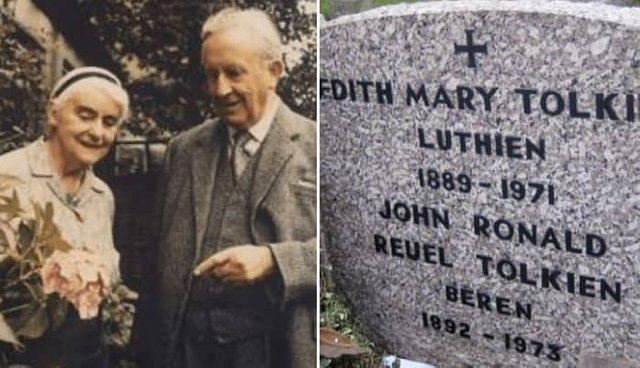
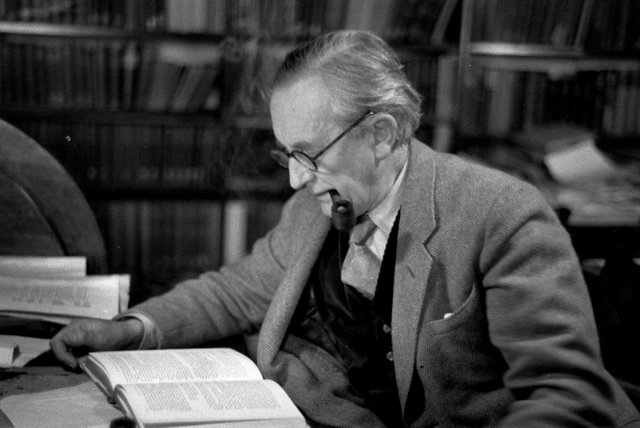
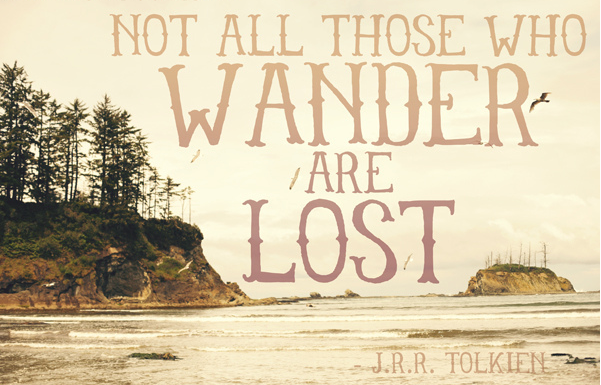

This is a tremendous work @adsactly
I really enjoyed everything in your description, and thought about the story of everyone ..
My mind was moved..!!!
Posted using Partiko iOS
I am such a Hobbit and LOTR fan...have read them all several times. Love hearing about the brains behind the work and his family. Thank goodness for 10 year old Unwin, for who knows without his approval we may never have had the pleasure of this fantastic series. So beautiful, thank you :)
I like his drawings very much to. Like those of Saint Exupery. He made some lovely and elegant illustrations.
Incredible as a work like The Hobbit created in principle for a child audience, is a book loved by all audiences. Perhaps because to write, The Lord of the Rings waited 20 years for the children who had read The Hobbit to be able to read The Lord of the Rings. Undeniably, much of the current fame of J R R and so many other writers within the reading youth is due to the cinema, to the extraordinary films that have been made from these books. I like that in the first edition, he himself drew the illustrations of the book and created the maps that gave life to the story. As always, excellent post, @honeydue.
Very good post, @honeydue. I didn't know that the publication of The Hobbit had been prompted by that child's approval of the story, which demonstrates the connection to the interests of the child reader (at least at that time).
Although you don't address it, I suppose much of the character of Tolkien's works must have been caused by the author's reading background: the influence of Scandinavian mythological knowledge, as well as medieval fantasy literature. This is an aspect that I am always interested in the reader-writer relationship in the author's own person.
Greetings.
I've always loved the quote "Not all those who wander are lost" and I always felt The battle of evermore and other Led Zeppelin's songs were inspired in his work, but I gotta confess: I don't like Tolkien. I mean I tried to read him but I couldn't even finish the first book of Lord of the rings and then I tried to read some of their short stories and couldn't finish them either. I thought "Maybe I don't like this kind of books" but then I found George R. R. Martin and I totally loved him, so that's not the reason. Nevertheless he is a cult author and his legacy is a proof of how big he was. Great post.